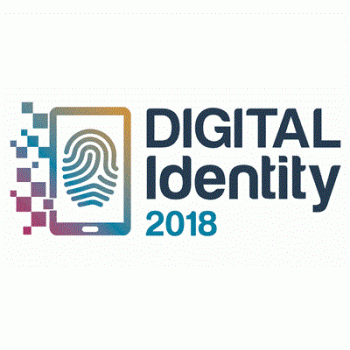The Federal Government’s Digital Transformation Agency (DTA) has called for feedback on ways to improve its Digital Service Standard.
The 13 point Standard was released 18 months ago. It is intended as a guide to help Government agencies ensure they build digital services that are “simple, clear and fast.” It has also been informally adopted by a number of state government agencies.
The DTA said in a statement announcing the call for comment that the Standard has been working well for some agencies, but that “for other agencies it’s a bit more difficult.
“We want to know what’s working well, what’s not so great and what barriers agencies may come across when they’re trying to use that Standard.”
Feedback can be submitted through the DTA’s website here. The DTA will also be conducting research interviews with a range of agencies and people who have used the Standard.
The Standard was adapted from a similar 18 point set of guidelines in use in the UK Government (the Digital by Default Service Standard). It provides a range of principles that agencies should follow as the implement the digital delivery of their services.
The DTA has built a series of detailed guides and handbooks to implementing the Standard, outlining a Discovery, and Alpha and a Beta stage. These include metrics to enable agencies to measure the effectiveness of their digital service delivery.
The 13 points:
- Understand user needs: Research to develop a deep knowledge of the users and their context for the service.
- Establish a sustainable multidisciplinary team to design, build, operate and iterate the service, led by an experienced product manager with decision-making responsibility.
- Design and build the service using the service design and delivery process, taking an agile and user-centred approach.
- Understand the tools and systems required to build, host, operate and measure the service and how to adopt, adapt or procure them.
- Make it secure: Identify the data and information the service will use or create. Put appropriate legal, privacy and security measures in place.
- Consistent and responsive design: Build the service with responsive design methods using common design patterns and the style guide.
- Build using open standards and common government platforms where appropriate.
- Make all new source code open by default.
- Ensure the service is accessible to all users regardless of their ability and environment.
- Test the service from end to end, in an environment that replicates the live version.
- Measure performance against KPIs set out in the guides. Report on public dashboard.
- Don’t forget the non-digital experience: Ensure that people who use the digital service can also use the other available channels if needed, without repetition or confusion.
- Encourage everyone to use the digital service and consolidate or phase out existing alternative channels where appropriate.
Comment below to have your say on this story.
If you have a news story or tip-off, get in touch at editorial@governmentnews.com.au.
Sign up to the Government News newsletter


